Last updated: August 22, 2024
Article
The Magic Sash, Episode 6: "The Procession" Lesson Plan
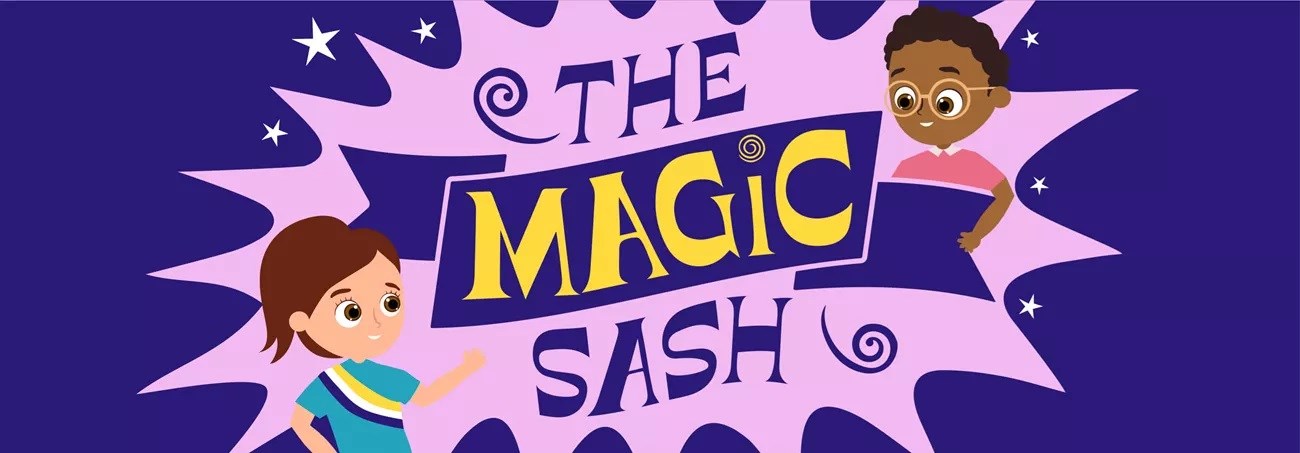
This lesson plan accompanies Episode 6 of The Magic Sash podcast, produced through a partnership of the Women’s Suffrage Centennial Commission, National Park Service, public media organization PRX, and Gen-Z Media.
Guiding Question
How should a group determine who or what best represents the group's ideas and goals? How can the group make sure the decisions are fair to all members of the group?
Learning Objectives
- Students will identify and summarize the importance of the 1913 Woman's Procession in Washington, DC.
- Students will name some of the organizers and leaders of the 1913 Woman's Procession and identify their roles in the march.
- Students will design a banner or float to represent their state's participation in the 1913 Woman's Procession and explain the symbols and words selected in their designs.
Meet the Main Characters
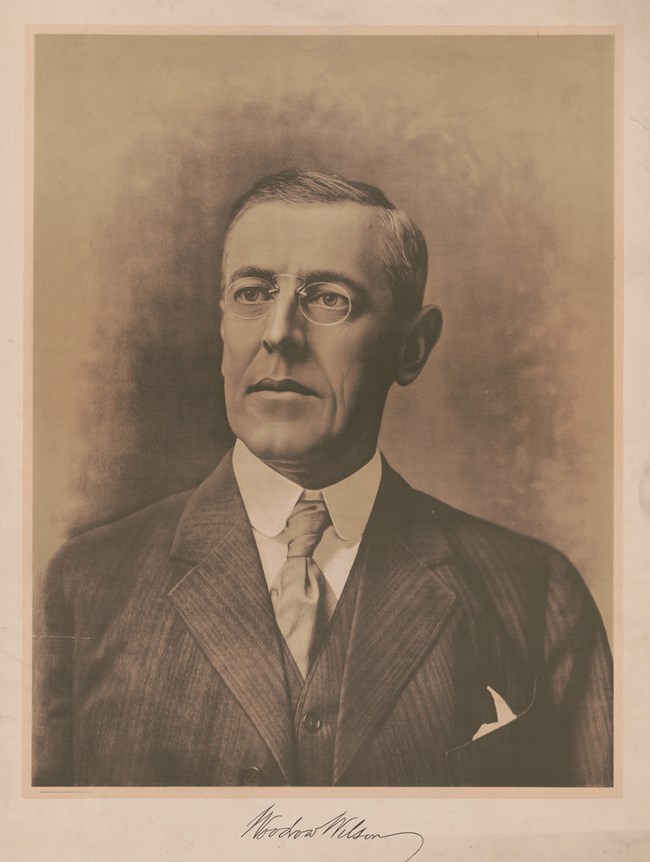
Library of Congress
Woodrow Wilson (1913 - 1921) Mr. Wilson served as the 28th president of the United States (1913–21). He was a member of the Democratic Party and a leader in the political Progressive movement of the late 1800s and early 1900s. The Progressives wanted to reform government, industry, and society to make living conditions better for everyone. Prior to his election as U.S. President, Mr. Wilson served as the president of Princeton University and the governor of the state of New Jersey. Early in his administration, President Wilson did little to support the women's suffrage movement and was picketed by the Silent Sentinels outside the White House gates. Eventually, Mr. Wilson decided that women's contributions to the war effort in World War I convinced him that women should have full voting rights as citizens.
Inez Milholland (1886 - 1916) Ms. Milholland was a women's suffragist and lawyer best known for leading the Woman Suffrage Procession in 1913 down Pennsylvania Avenue in Washington, DC. She rode a white horse and dressed in flowing white robes to represent the "New Woman" of the 20th century in the procession. She was an activist for women's rights, women's suffrage, and other social issues.
Alice Paul (1885 - 1977) Dr. Paul was leader of the women's rights movement and a founder of the National Woman’s Party (NWP) in 1916. Following the deaths of Susan B. Anthony and Elizabeth Cady Stanton in the early 1900s, Dr. Paul took a leadership role in the suffrage movement and changed the focus away from achieving voting rights on a state-by-state basis to demanding an amendment to the U.S. Constitution that would provide women's suffrage across the United States.
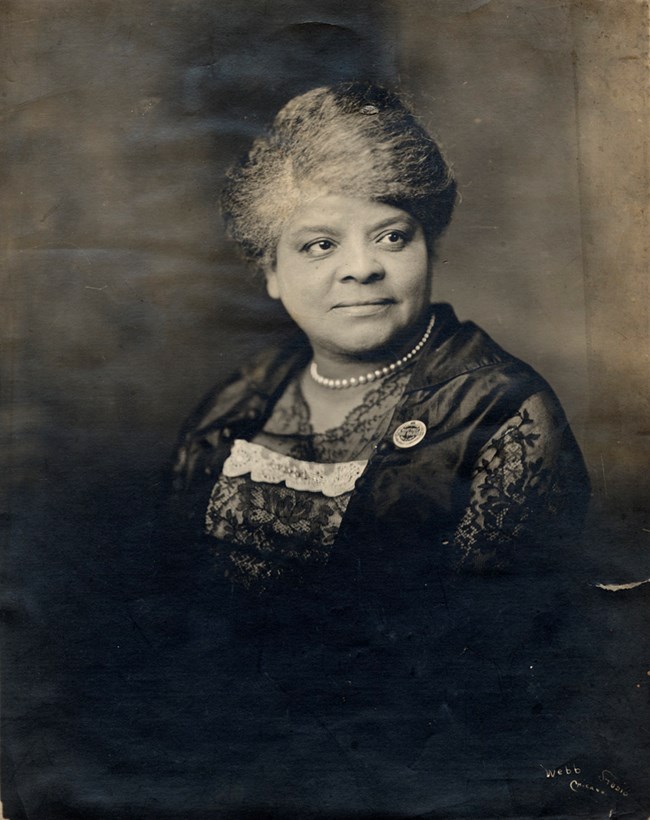
Library of Congress
Ida B. Wells (1862-1931) Ms. Wells was a journalist, civil rights activist and suffragist. She was born into slavery in Mississippi in 1862, the oldest child in her family. Her parents were involved in early education efforts for formerly enslaved African Americans after the Civil War and she learned to read and write through the schools they helped establish. Ms. Wells published newspapers that highlighted the issues of race and politics in the U.S. in the late 1800s and helped to found the Alpha Suffrage Club in Chicago, Illinois, in 1913. She refused to walk in the rear of the Woman Suffrage Procession of 1913 where the African American women's groups were assigned. Instead, she waited along the parade route until the Illinois state white women's groups passed and she joined in alongside her fellow Illinois women citizens.
Important Words to Remember
Procession A line of people or vehicles traveling in the same direction, especially in a formal way as part of a ceremony or celebration; a parade.
Inauguration The act of offcially putting someone into an important position or offce, or the ceremony at which this act is done.
Compatriot A person who comes from the same country or a friend or someone who works with you.
Anti-suffragists Persons who opposed the U.S. women's suffrage movement because they believed it was not appropriate for women to enter into politics.
Ratifcation An offcial way to approve something, usually by a vote. Often it refers to the formal adoption of a law.
Listen to the Podcast
Listen to The Magic Sash, Episode 6: The Procession.
-
The Magic Sash, Episode 6: "The Procession"
Lotty and Isaiah’s journey through time drops them in 1913, at the Woman Suffrage Procession in Washington, D.C. They find a now elderly Florence, still waiting for the day when her right to vote is protected by the constitution. The kids come up with an out-of-this-time idea: What if they take “Granny Flo” with them?
- Credit / Author:
- PRX, WSCC, NPS, Gen-Z Media
- Date created:
- 09/09/2020
Find the Location
The United States in 1913
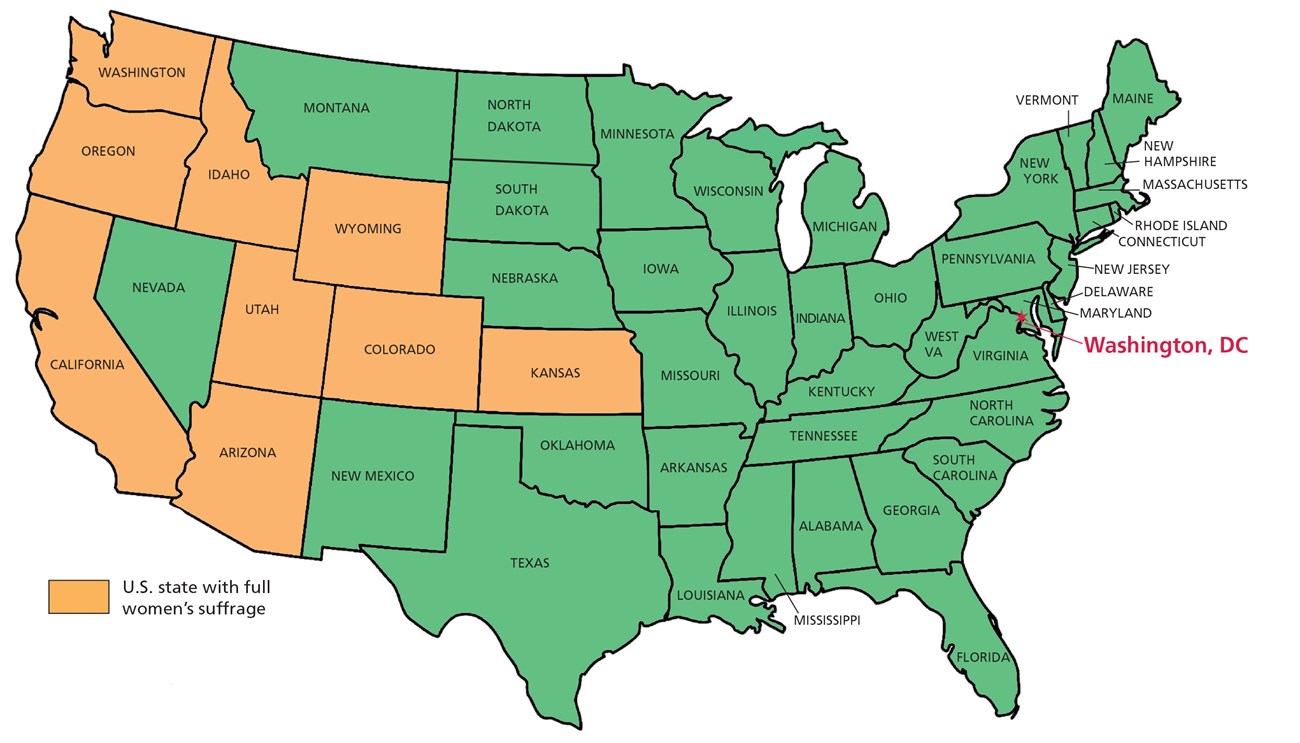
U.S. Territories in 1913
Alaska (full women's suffrage)
Hawaii
Note: The Supreme Court ruled that the U.S. Constitution didn't apply in the territories of American Samoa, Guam, the Philippines, and Puerto Rico. Learn more about women's suffrage by state.
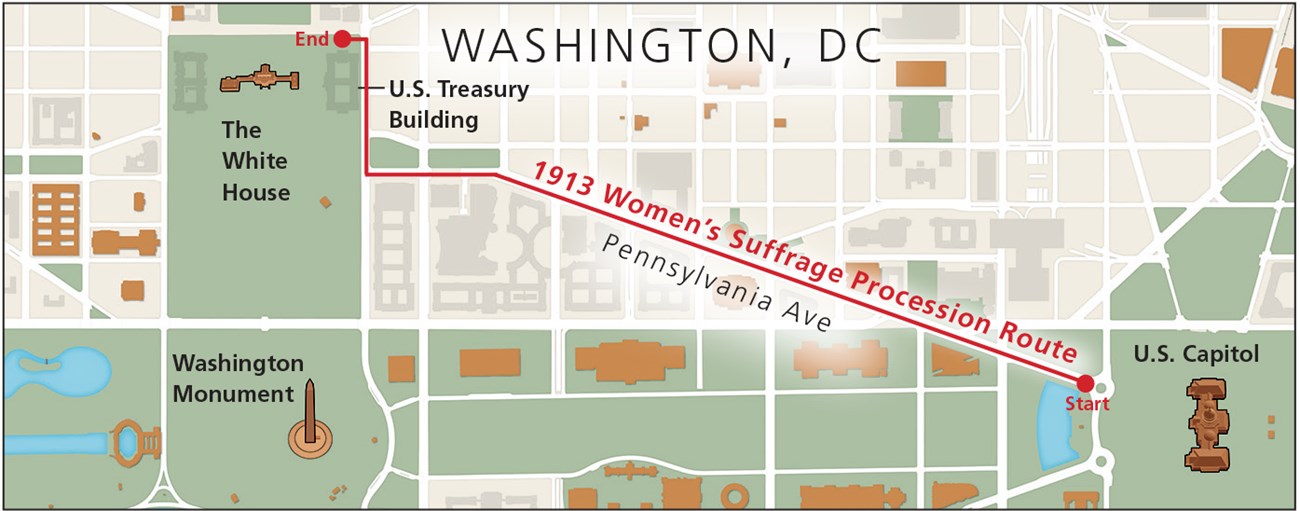
The larger map shows the United States in 1913, the year of the Woman Suffrage Procession in Washington, DC. The smaller map shows the route of the procession through the city.
Study the two maps and complete the following activities:
- Find the star locating Washington, DC., the city where the Woman Suffrage Procession took place in 1913.
- Count the number of states on the map.
- Count the number of territories listed.
- How many states are there where women have voting rights?
- How many territories have women's voting rights?
Background History
The 1913 Woman Suffrage Procession
On March 3, 1913, the day before Woodrow Wilson took the oath of office as President of the United States, thousands of women marched down Pennsylvania Avenue in Washington, DC, along the same route that Wilson’s inaugural parade would take the next day. These women were protesting because they could not legally vote in many states and territories of the United States. They wanted to show the rest of the country and the world that women had rights as citizens to express their political opinions through voting. This march was called the Woman Suffrage Procession.
The procession was organized by Alice Paul and Lucy Burns. They hoped to change the way suffragists were trying to gain women’s voting rights on a state-to-state basis. Instead, Dr. Paul and Ms. Burns wanted to push for a constitutional amendment that would guarantee voting rights for U.S. citizens across the nation regardless of their sex. They also were fighting for women to gain full equal rights as citizens and not just for voting rights.
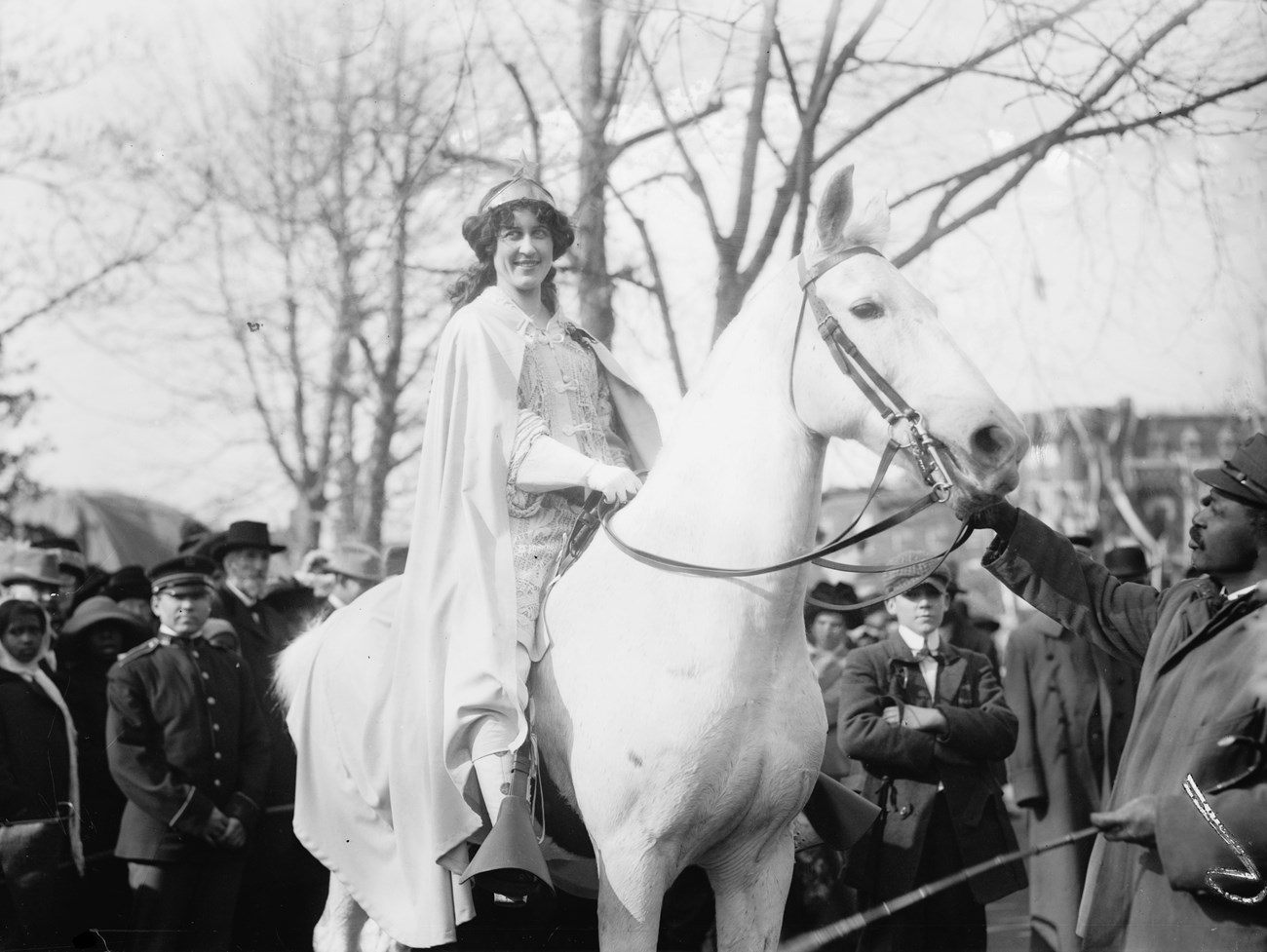
Library of Congress
At the front of the procession was a woman dressed in white riding a white horse. This woman was Inez Milholland, one of the younger suffragist leaders who was representing the "New Woman" of the 20th century. Ms. Milholland was a lawyer, speaker and activist. She also supported pushing for full equal rights for women and not focusing only on suffrage.
The procession was organized to feature the accomplishments and important contributions women make to the nation and the world. Marchers were grouped together by their home states or with groups of professional and academic organizations. They carried banners and rode on floats. Bands played patriotic songs. The procession was designed to impress the spectators and present their argument.
The organizers, though, felt that African American women should march at the rear of the procession rather than with their state groups. Some African American leaders like Ida B. Wells-Barnett and Mary Church Terrell refused to march at the back and instead joined their state delegations or their university groups in the main procession.
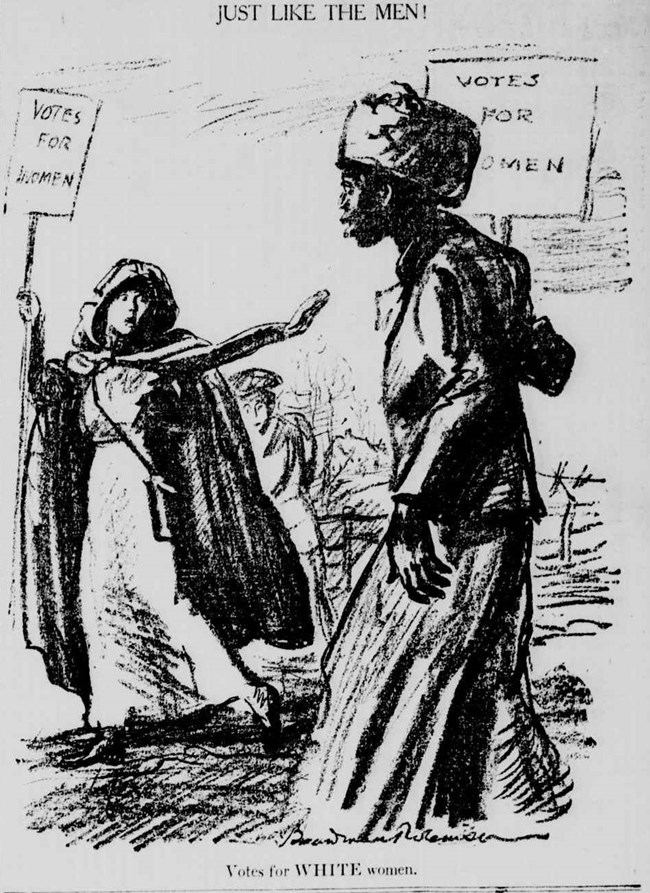
New York Heritage Digital Collection
Unfortunately, the large crowds gathered to watch the procession were not well managed by the police, and people streamed into the street blocking the forward movement of the procession. There were many men in the crowd who shouted rude things at the women and the police did little to stop it. Many marchers were told to go back home to their husbands and kitchens where they belonged. The women locked their arms together and tried to push forward through the angry crowd. After about an hour, the U.S. Army sent in troops to clear the street so the procession could continue. Boy Scouts helped hold back the crowds and administer first aid.
Although it took longer than expected to complete because of the crowds and lack of police cooperation, the Woman's Procession received important headlines in the newspapers. Congress began an investigation into why the police were not cooperative in managing the crowds. Most importantly, it brought attention to the women's suffrage movement and its new focus on a constitutional amendment.
Think About It
- Why would the Woman's Procession organizers want to feature a young and attractive lawyer like Inez Milholland riding on a white horse and dressed in white clothes at the front of the march? What did Milholland represent?
- Why do you think the organizers want to have African American women march at the back of the procession? Did they think African American women represented the "New Woman" of the 20th century they way that someone like Inez Milholland did? Was this fair?
Activity
Design a banner or float to representing the marchers from your state.
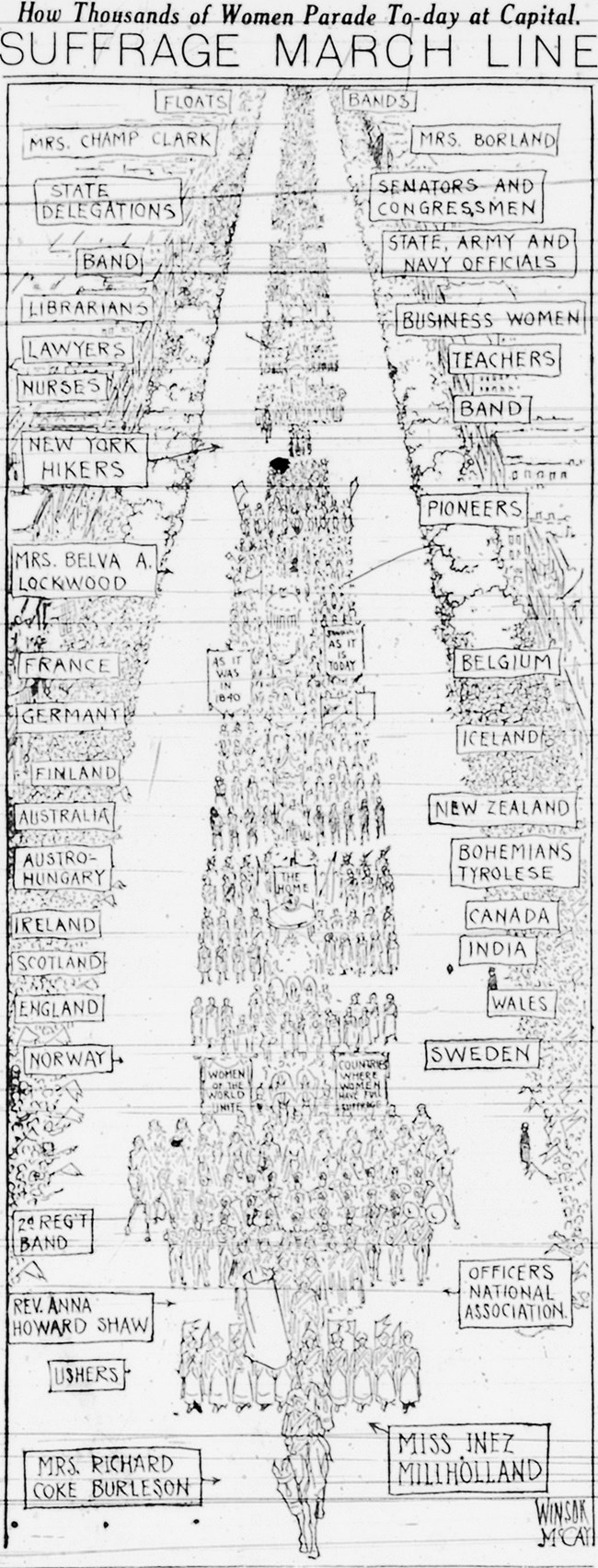
Library of Congress
The 1913 Woman's Procession was an important milestone in the women's suffrage movement. It marked a time when women's rights activists expanded their focus to full equality for women as citizens and not just on voting rights. It also marked a change in strategy for a Constitutional Amendment for suffrage and not just trying to win voting rights in each state separately. The organizers wanted to feature women's accomplishments and contributions to society by highlighting their professional work and university degrees. The organizers had young, attractive white women represent what they hoped proved their points. Unfortunately, women of color did not fit the organizers vision for the "New Woman" of the twentieth century and were told to march at the rear of the procession.
Imagine that you were one of the planners for your state delegation to the 1913 Woman's Procession. How would you design a banner or float to march your group behind? Draw a picture of your banner or float representing the marchers from your state.
Some points to consider:
- What do you want to tell the spectators who see your banner or float about your state? What makes the women in your state special or important to the suffrage movement?
- What symbols or words will best tell your message?
- Who will you select to march behind your banner or float to represent your state?
- If you design a float, what kind of vehicle or wagon would it be built upon? Could you select a float vehicle that represents something about your state or your woman's suffrage message?
- Explain why you chose the symbols and words for your design in a short paragraph.
Places Associated With This Lesson
-
 Belmont-Paul Women's Equality Monument
Belmont-Paul Women's Equality MonumentHome to the National Woman's Party for nearly 90 years, this was the epicenter of the struggle for women's rights.
-
 Walk in the Footsteps of Suffragists
Walk in the Footsteps of SuffragistsFollow the parade route and learn about some of the associated places of the March 3, 1913 Suffrage Procession in Washington, DC.
-
 Ida B. Wells-Barnett House
Ida B. Wells-Barnett HouseIda B. Wells-Barnett lived here from 1919-1929 while fighting to end lynching, segregation and the economic oppression of African Americans.
-
 The White House and President's Park
The White House and President's ParkThe White House is the home of the United State President.
-
 Pennsylvania Avenue
Pennsylvania AvenueThe Woman Suffrage Procession marched down Pennsylvania Avenue from the U.S. Capitol to the White House.
Tags
- belmont-paul women's equality national monument
- 19th amendment
- 19th amendment centennial
- suffrage
- women’s history
- political history
- twhplp
- suffragist
- suffrage movement
- women’s rights
- women’s suffrage
- civil rights
- belmont-paul
- national mall and memorial parks
- pennsylvania avenue
- washington dc
- the magic sash podcast
